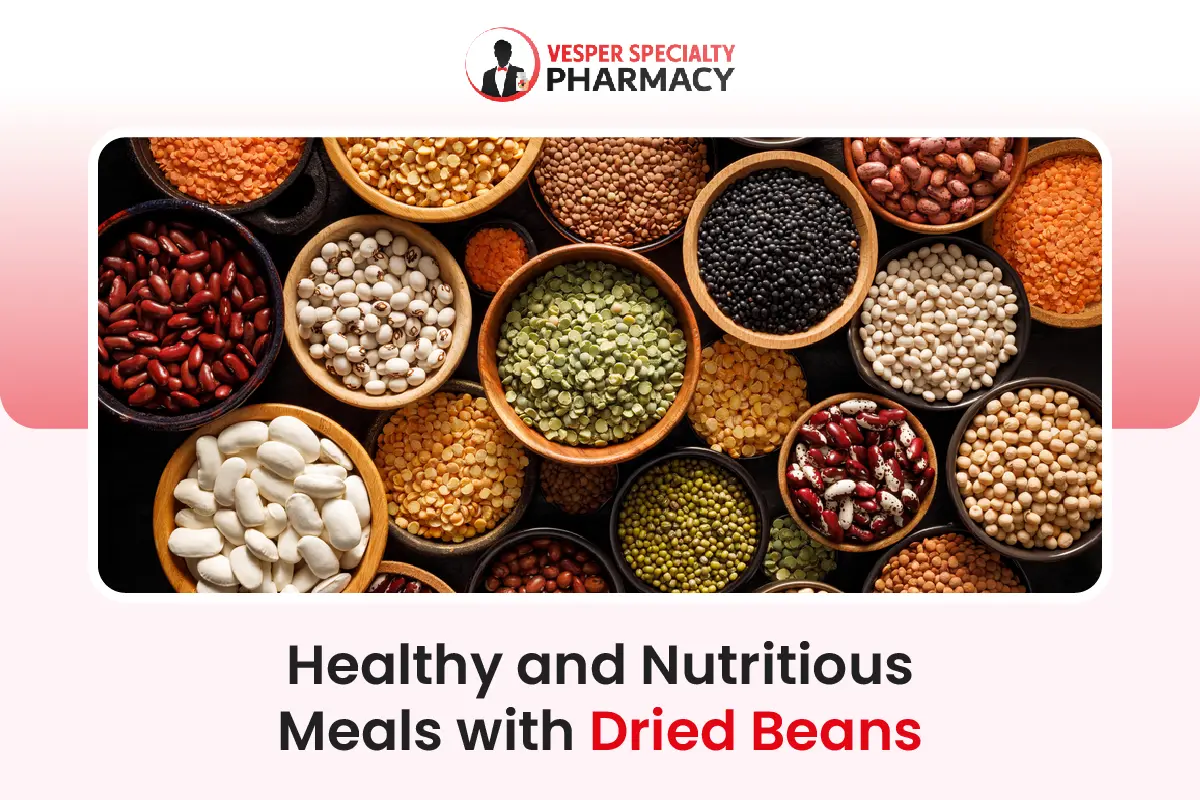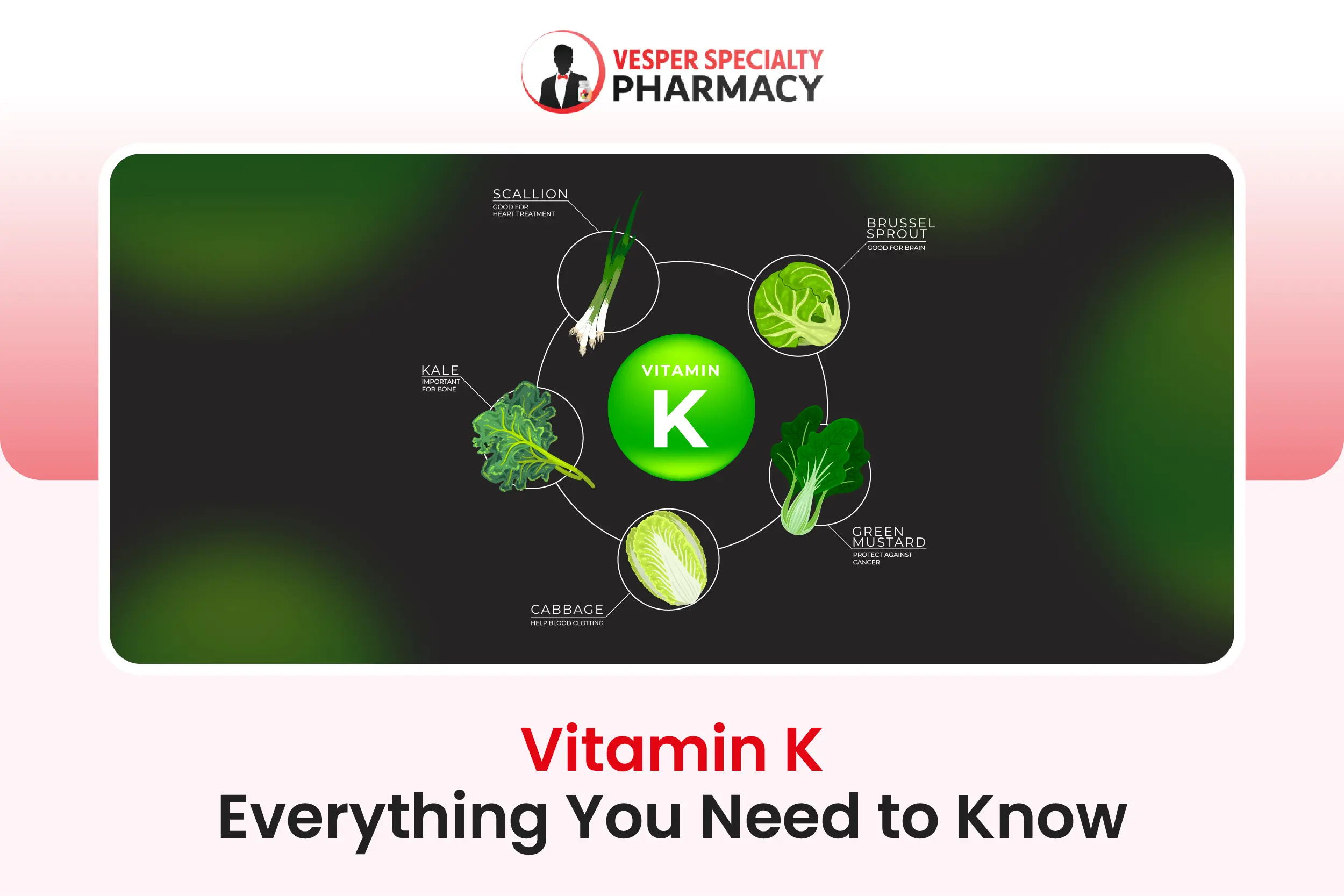Welcome to our guide on maximizing nutrition with dried beans. As experts in health and wellness, we understand the importance of incorporating nutrient-rich foods into your diet. Dried beans are a staple ingredient known for their versatility, affordability, and nutritional value. In this guide, we will explore the various benefits of dried beans and provide practical tips on how to incorporate them into your meals for optimal health.
Table of Contents
The Benefits of Dried Beans
Dried beans are more than just a pantry staple—they are nutritional powerhouses packed with essential nutrients that support overall health and well-being. Let’s delve into the impressive nutritional profile of dried beans and explore how they can benefit your body:
1. Protein: Dried beans are an excellent source of plant-based protein, making them an essential component of vegetarian and vegan diets. Protein is crucial for building and repairing tissues, supporting muscle growth, and maintaining a healthy immune system. Incorporating beans into your meals can help ensure that you meet your daily protein needs in a delicious and sustainable way.
2. Fiber: One of the standout features of dried beans is their high fiber content. Fiber is essential for digestive health, as it helps regulate bowel movements, prevent constipation, and promote a feeling of fullness. By including beans in your diet, you can support a healthy digestive system and improve overall gut health.
3. Vitamins and Minerals: Dried beans are rich in a variety of vitamins and minerals that are vital for various bodily functions. They are particularly high in folate, iron, potassium, magnesium, and zinc. These nutrients play key roles in energy metabolism, bone health, immune function, and red blood cell production. Incorporating beans into your meals can help ensure that you receive a diverse array of essential nutrients to support your overall health and well-being.
4. Low in Fat and Cholesterol-Free: Unlike many animal-based protein sources, dried beans are naturally low in fat and cholesterol-free. This makes them an excellent option for individuals looking to maintain a healthy weight and reduce their risk of heart disease. By choosing beans as a protein source, you can enjoy a nutritious and satisfying meal without worrying about excess fat or cholesterol.
Health Benefits of Including Dried Beans in Meals
The health benefits of including dried beans in meals are well-supported by scientific evidence. From promoting heart health and aiding in weight management to supporting blood sugar control, dried beans offer a multitude of advantages for overall well-being. By incorporating beans into your diet regularly, you can enjoy delicious and nutritious meals while reaping the rewards of their health-promoting properties.
Let’s explore some of the specific health benefits of consuming dried beans and examine the evidence-based research supporting these claims:
1. Heart Health:
- Numerous studies have shown that incorporating dried beans into your diet can have a positive effect on heart health.
- The high fiber content in beans has been linked to lower cholesterol levels, particularly LDL (bad) cholesterol, which is a risk factor for heart disease.
- Additionally, the potassium content in beans helps regulate blood pressure levels, further supporting cardiovascular health.
- A meta-analysis published in the American Journal of Clinical Nutrition found that increased legume consumption was associated with significant reductions in LDL cholesterol levels, indicating a protective effect on heart health.
2. Weight Management:
- Dried beans are a valuable tool for weight management due to their high fiber and protein content.
- Fiber helps promote feelings of fullness and satiety, which can prevent overeating and aid in weight loss efforts.
- Protein is also known to contribute to satiety and can help regulate appetite, leading to fewer cravings and a reduced calorie intake.
- A systematic review and meta-analysis published in the American Journal of Clinical Nutrition concluded that diets high in pulses, including beans, were associated with significant reductions in body weight and waist circumference, highlighting their role in weight management.
3. Blood Sugar Control:
- Dried beans have a low glycemic index, meaning they cause a gradual and steady increase in blood sugar levels compared to high-glycemic foods.
- This slow release of glucose into the bloodstream can help stabilize blood sugar levels and prevent spikes and crashes, making beans a suitable option for individuals with diabetes or those at risk of developing the condition.
- A study published in the Archives of Internal Medicine found that incorporating legumes into the diet improved glycemic control and reduced the risk of coronary heart disease in individuals with type 2 diabetes.
Tips for Cooking with Dried Beans
Cooking with dried beans is a rewarding experience that allows you to create delicious and nutritious meals from scratch. However, it can also be intimidating if you’re not familiar with the process. Fear not! We’ve compiled some practical tips and techniques to help you master the art of cooking dried beans:
1. Soaking Methods:
- Soaking dried beans before cooking can help reduce their cooking time and improve their digestibility.
- There are two main methods for soaking beans: overnight soaking and quick soaking.
- For overnight soaking, simply place the dried beans in a large bowl and cover them with water. Let them soak for at least 8 hours or overnight.
- For quick soaking, bring a pot of water to a boil, add the dried beans, and let them boil for 2-3 minutes. Remove the pot from heat, cover, and let the beans soak for 1-2 hours.
- After soaking, be sure to rinse the beans thoroughly before cooking to remove any dirt or debris.
2. Cooking Times:
- The cooking time for dried beans can vary depending on the type and size of the bean.
- In general, most dried beans will need to simmer for 1-2 hours until they are tender.
- To test for doneness, simply take a bean out of the pot and taste it. It should be soft and creamy, with no chalkiness or crunchiness.
- It’s essential to keep an eye on the water level while the beans are cooking and add more water if necessary to prevent them from drying out.
3. Flavoring Options:
- Dried beans are incredibly versatile and can be seasoned with a variety of herbs, spices, and aromatics to enhance their flavor.
- Consider adding onions, garlic, carrots, celery, bay leaves, and thyme to the cooking water for extra flavor.
- Experiment with different seasoning blends, such as chili powder, cumin, paprika, and oregano, to create unique flavor profiles for your beans.
- Don’t forget to season your beans with salt during the cooking process to enhance their taste.
4. Addressing Common Concerns:
- One common concern about cooking dried beans is their potential for causing digestive discomfort, such as gas and bloating.
- To minimize these effects, be sure to soak the beans thoroughly before cooking and discard the soaking water.
- You can also add a piece of kombu seaweed or a bay leaf to the cooking water, as these ingredients are believed to help reduce gas production.
- Gradually increase your intake of beans to allow your digestive system to adjust to the higher fiber content.
Delicious and Nutritious Bean-Based Recipes
Looking for delicious and nutritious ways to incorporate dried beans into your meals? Look no further! We’ve curated a selection of mouthwatering recipes featuring dried beans as the star ingredient. From hearty soups and salads to satisfying main dishes and snacks, there’s something for everyone to enjoy. Let’s dive in:
1. Black Bean and Quinoa Salad
Ingredients:
- 1 cup cooked quinoa
- 1 can (15 oz) black beans, drained and rinsed
- 1 cup cherry tomatoes, halved
- 1 avocado, diced
- 1/4 cup red onion, finely chopped
- 1/4 cup fresh cilantro, chopped
- Juice of 1 lime
- 2 tablespoons olive oil
- Salt and pepper to taste
Instructions:
- In a large bowl, combine cooked quinoa, black beans, cherry tomatoes, avocado, red onion, and cilantro.
- In a small bowl, whisk together lime juice, olive oil, salt, and pepper to make the dressing.
- Pour the dressing over the salad and toss gently to combine.
- Serve chilled as a refreshing side dish or light lunch.
Nutritional Information (per serving):
- Calories: 280
- Protein: 8g
- Fat: 14g
- Carbohydrates: 32g
- Fiber: 9g
2. Three-Bean Chili
Ingredients:
- 1 tablespoon olive oil
- 1 onion, diced
- 3 cloves garlic, minced
- 1 bell pepper, diced
- 1 can (15 oz) black beans, drained and rinsed
- 1 can (15 oz) kidney beans, drained and rinsed
- 1 can (15 oz) pinto beans, drained and rinsed
- 1 can (28 oz) diced tomatoes
- 2 cups vegetable broth
- 2 tablespoons chili powder
- 1 teaspoon cumin
- Salt and pepper to taste
- Optional toppings: avocado, cilantro, shredded cheese, Greek yogurt
Instructions:
- In a large pot, heat olive oil over medium heat. Add diced onion, garlic, and bell pepper, and sauté until softened.
- Add the black beans, kidney beans, pinto beans, diced tomatoes, vegetable broth, chili powder, cumin, salt, and pepper to the pot.
- Bring the chili to a simmer, then reduce heat and let it cook for 20-30 minutes, stirring occasionally.
- Taste and adjust seasonings as needed. Serve hot with your favorite toppings.
Nutritional Information (per serving, without toppings):
- Calories: 250
- Protein: 13g
- Fat: 3g
- Carbohydrates: 45g
- Fiber: 14g
3. Chickpea and Vegetable Stir-Fry
Ingredients:
- 1 tablespoon sesame oil
- 1 onion, thinly sliced
- 2 cloves garlic, minced
- 1 bell pepper, sliced
- 1 cup broccoli florets
- 1 can (15 oz) chickpeas, drained and rinsed
- 2 tablespoons soy sauce
- 1 tablespoon rice vinegar
- 1 teaspoon ginger, grated
- Cooked rice or quinoa, for serving
Instructions:
- Heat sesame oil in a large skillet or wok over medium heat. Add sliced onion and minced garlic, and cook until fragrant.
- Add sliced bell pepper and broccoli florets to the skillet, and stir-fry until vegetables are tender-crisp.
- Add chickpeas to the skillet, along with soy sauce, rice vinegar, and grated ginger. Stir to combine and cook for an additional 2-3 minutes.
- Serve the stir-fry over cooked rice or quinoa for a satisfying and nutritious meal.
Nutritional Information (per serving, without rice or quinoa):
- Calories: 220
- Protein: 10g
- Fat: 6g
- Carbohydrates: 30g
- Fiber: 8g
These bean-based recipes are not only delicious but also packed with protein, fiber, vitamins, and minerals to fuel your body and keep you satisfied. Whether you’re in the mood for a refreshing salad, a comforting chili, or a flavorful stir-fry, these recipes are sure to become favorites in your kitchen. Enjoy!
Conclusion
Dried beans are a nutritional powerhouse that can benefit your health in numerous ways. By incorporating beans into your diet regularly, you can enjoy their delicious taste while reaping the rewards of their nutrient-rich profile. Whether you prefer soups, salads, dips, or entrees, there are endless possibilities for incorporating dried beans into your meals. Start exploring the world of dried beans today and experience the many health benefits they have to offer.














